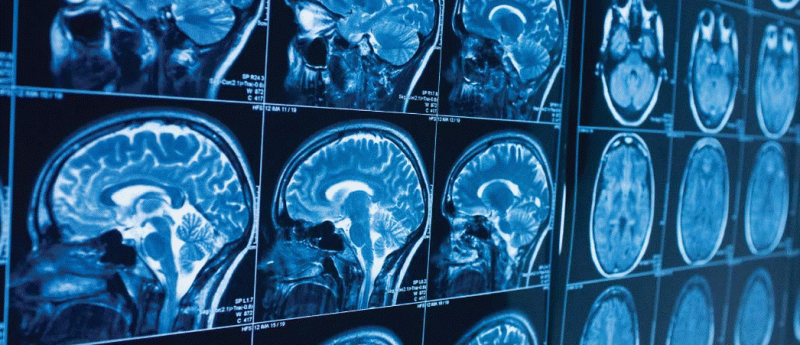Inside the brain of a killer: the ethics of neuroimaging in a criminal conviction

With neuroimaging techniques being taken out of the lab and into the court, we ask whether brain scans can – or should – be used to explain a criminal act. In the debate of nature versus nurture, what drives someone to commit a crime is hotly contested. Historically, the side consensus falls on is largely influenced by political and sociological views of the time. The now-infamous Franz Josef Gall first proposed the idea that criminal brains differed from the general public with his founding of the pseudoscience of phrenology. His theories of brain localization were viewed as cutting edge during...
To view this content, please register now for access
Join our member community for FREE to access a collection of journal and online-only features, including:
- Exclusive access to educational videos, eBooks and insights into top BioTechniques journal articles
- The latest news and journal updates delivered straight to your inbox when you want it
- Personalized recommendations for the latest member-exclusive podcasts, interviews and expert opinions
- Priority registration to webinars, panel discussions and events
- Access to competitions and journal publication discounts, including 10% off open access fees when you sign up today!
